The most recent ABS demographic statistics for the March quarter of 2016 revealed rampant population growth for both Victoria (read Melbourne) and New South Wales (read Sydney):
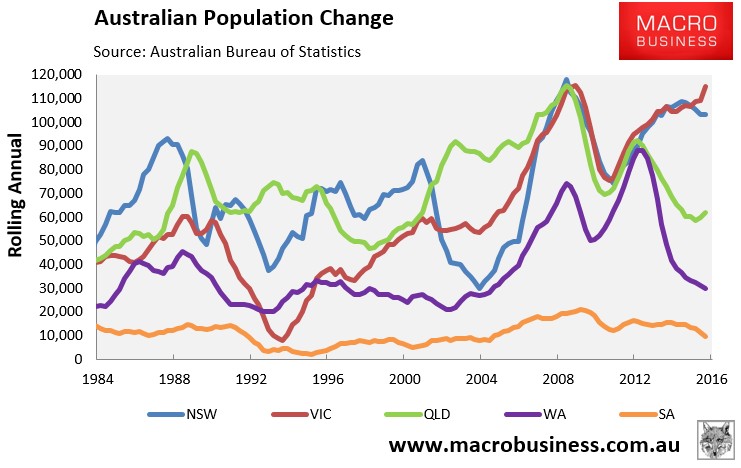
In the year to March, Victoria’s population surged by a whopping 115,000, whereas New South Wales’ population grew by 103,000. By contrast, Queensland (62,000) and Western Australia (30,000) registered more moderate population growth that was well below their prior peaks.
Yesterday, Infrastructure Partnerships Australia (IPA) released a new report that used Uber driver information to measure “road network performance” in Sydney, Melbourne, Brisbane and Perth to drill down into average travel times at different hours of the day.
The results are based on the following number of drivers in each city:

And found that “efficiency” pretty much followed the level of population growth:
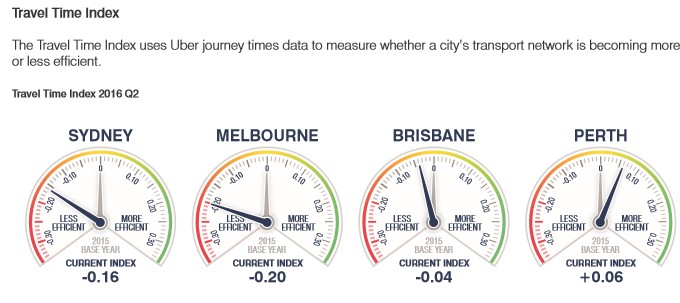
In Melbourne, which is the population ponzi king, travel times have worsened materially, followed by Sydney, which has also experienced strong population growth.
Brisbane only experienced a minor worsening in travel times. Whereas in Perth, where population growth has cratered, travel times have actually improved.
The IPA’s findings support those of the Bureau of Infrastructure and Regional Economics, which forecasts soaring costs of congestion, particularly in Sydney and Melbourne, over the next 15 years:
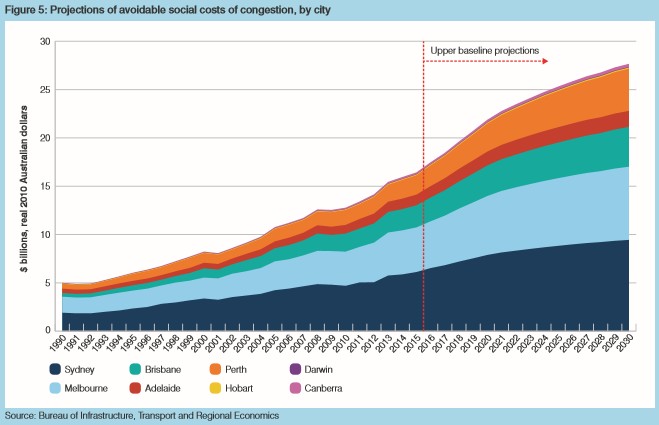
The sad reality is that with a high-immigration ‘Big Australia’ policy in effect, and population growth projected to remain turbo-charged in both Melbourne and Sydney:
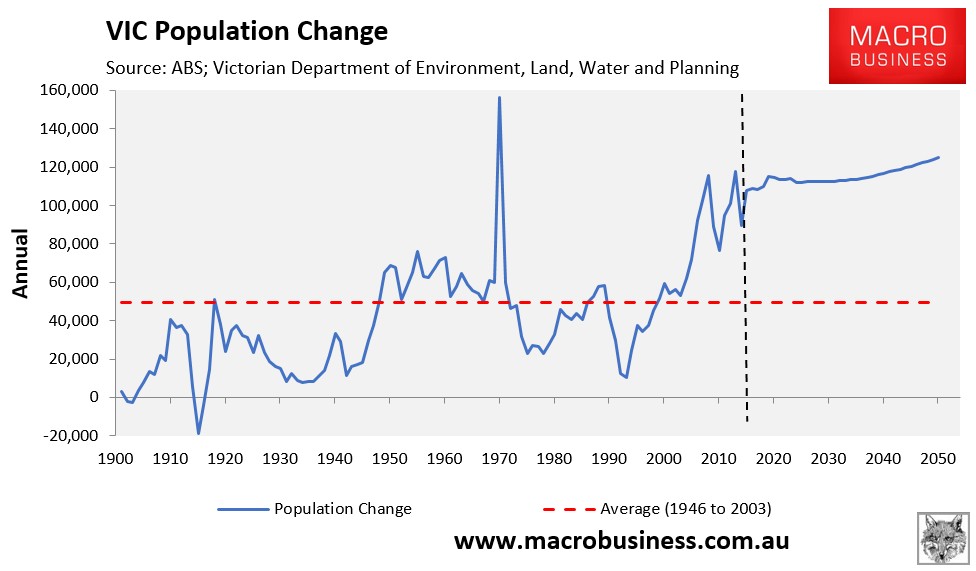
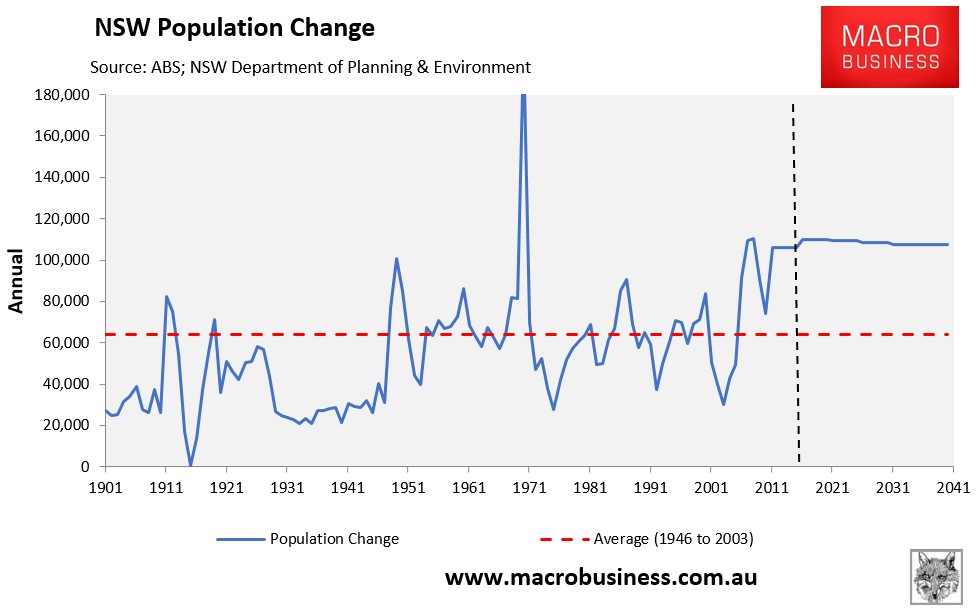
Traffic congestion will get so much worse, along with its deleterious impacts on productivity and living standards.

